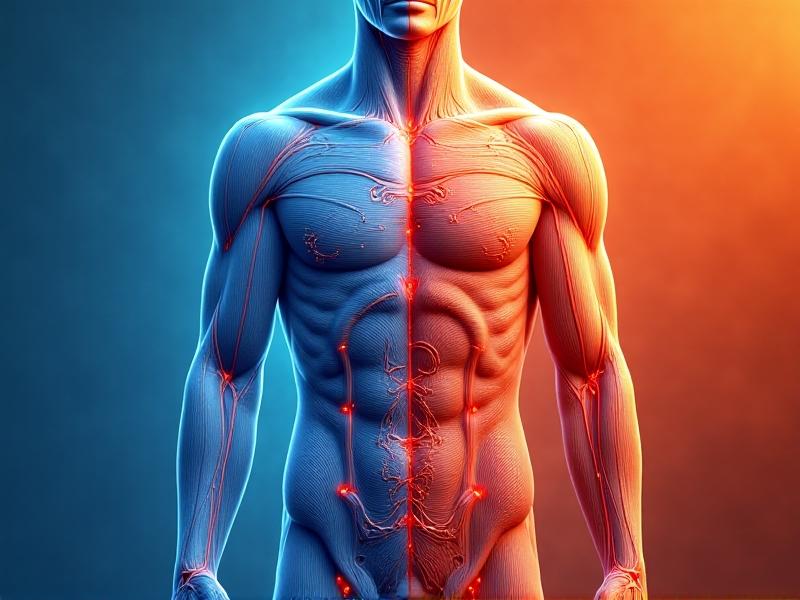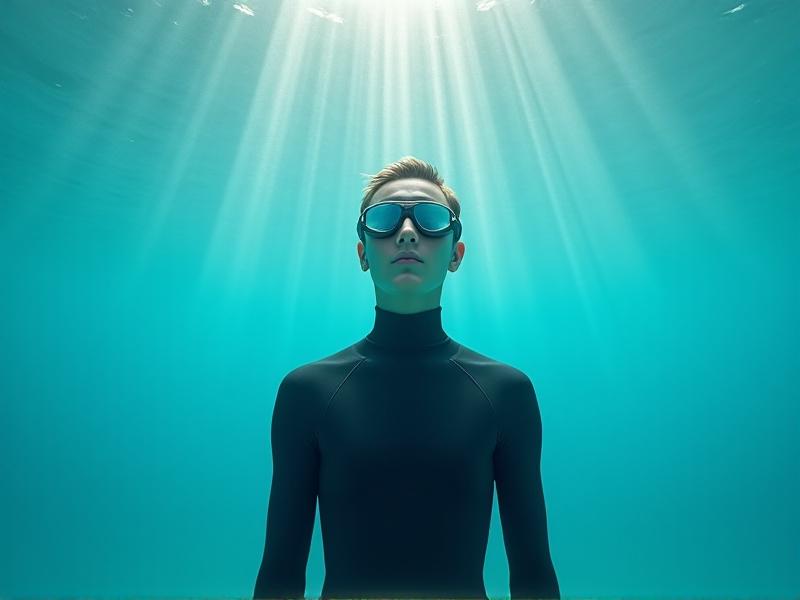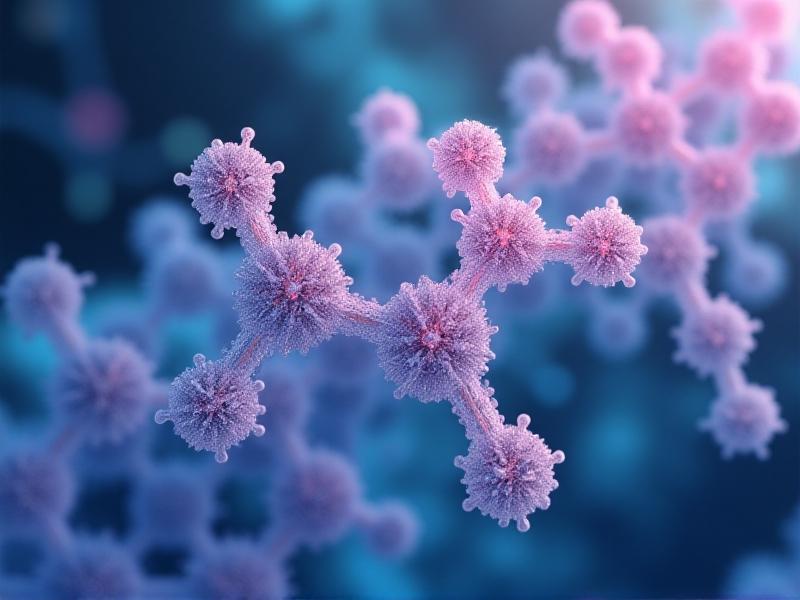UV Sterilization for Natural Water Exposure
Understanding the Threat: Waterborne Pathogens in Natural Sources

Natural water sources, from crystal-clear mountain springs to slow-moving rivers, often harbor invisible threats. Pathogens such as bacteria (E. coli, Salmonella), viruses (Hepatitis A, norovirus), and protozoa (Giardia, Cryptosporidium) thrive in untreated water, posing risks to hikers, travelers, and communities relying on surface water. These microorganisms enter water through animal waste, agricultural runoff, or human contamination, surviving long enough to infect those who consume it. Symptoms range from gastrointestinal distress to life-threatening illnesses, particularly in vulnerable populations. Understanding these risks is critical for anyone exposed to untreated water in outdoor or remote environments.
How UV Sterilization Neutralizes Harmful Microorganisms
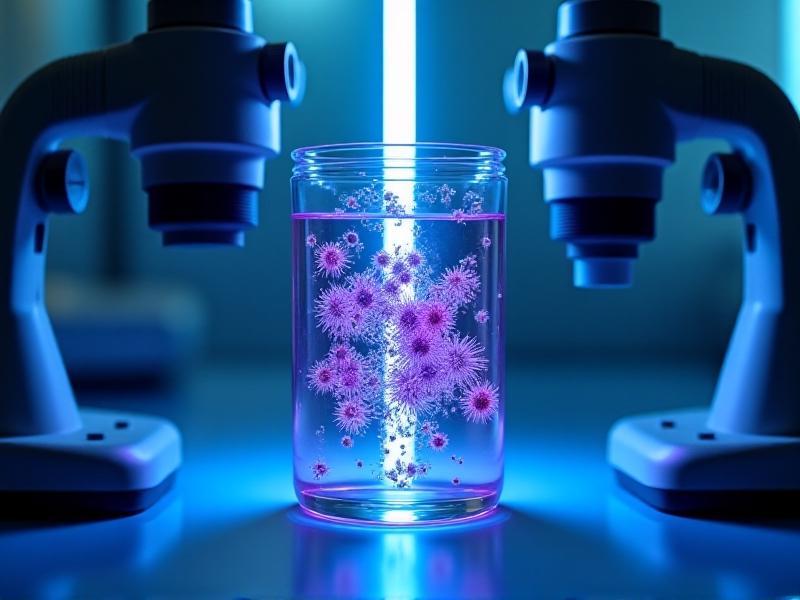
UV sterilization employs short-wavelength ultraviolet light (UV-C) to disrupt the DNA of microorganisms, rendering them incapable of reproduction and infection. At 254 nanometers, UV-C radiation damages the genetic material of bacteria, viruses, and protozoa without altering water's taste or chemistry. Portable UV devices, such as pen-shaped purifiers or inline systems, expose water to this germicidal light for a calculated duration. Unlike chemical treatments, UV doesn’t rely on temperature or contact time, making it effective against chlorine-resistant pathogens like Cryptosporidium. This technology replicates the sun’s natural purification process but at concentrated intensities for guaranteed results.
Advantages Over Traditional Water Purification Methods
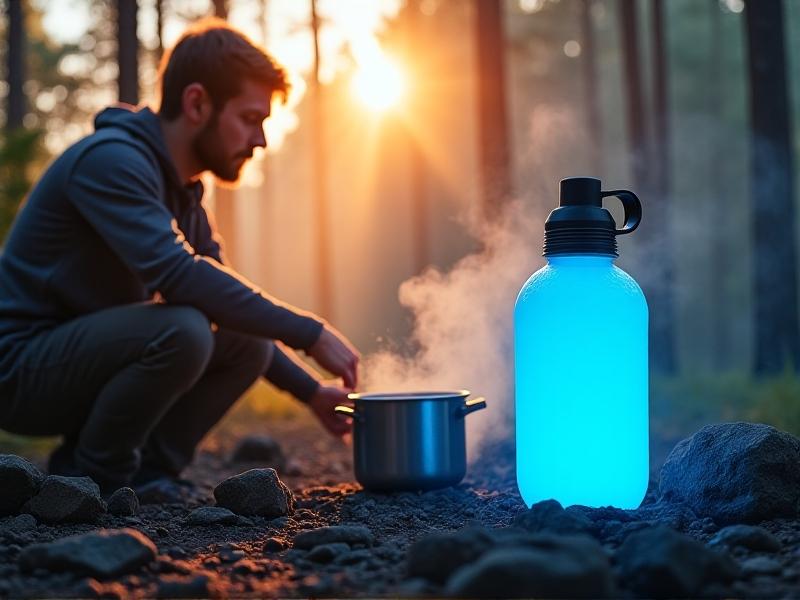
While boiling and chemical tablets remain common, UV sterilization offers distinct benefits. It eliminates the need for fuel-intensive boiling, preserves water’s natural flavor, and works within minutes—unlike iodine tablets requiring 30+ minutes. Unlike mechanical filters, UV systems don’t clog with sediment and neutralize viruses too small for pore-based filtration. However, UV’s efficacy depends on water clarity; turbid water requires pre-filtering. Modern UV devices are also energy-efficient—some powered by solar-charged batteries—making them ideal for extended outdoor use. This balance of speed, convenience, and comprehensive protection explains its growing adoption among emergency responders and outdoor enthusiasts.
Real-World Applications in Remote and Outdoor Settings
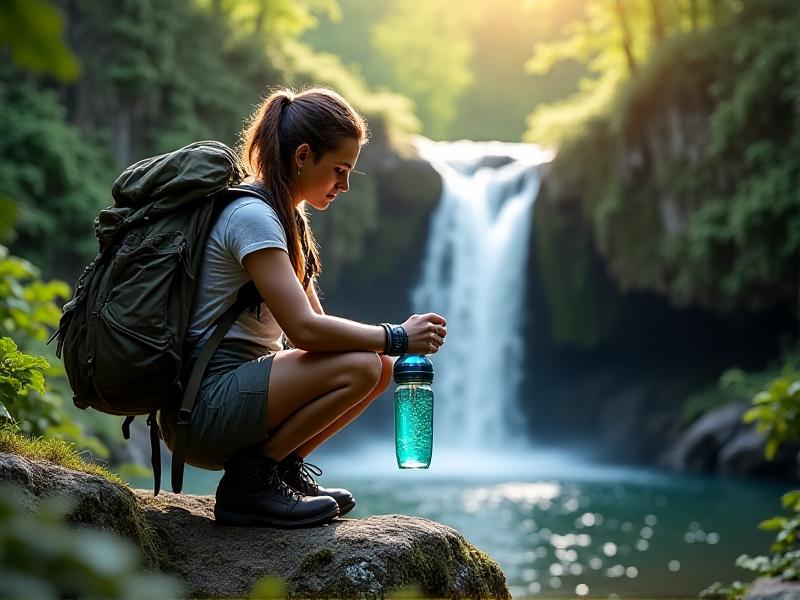
UV technology shines in scenarios where portability and rapid treatment matter. Trail organizations now install solar-powered UV stations along remote hiking routes, while disaster relief teams deploy truck-mounted UV systems following floods. For backpackers, devices like SteriPEN® or CamelBak’s UV purifier integrate seamlessly into hydration routines, treating a liter in 90 seconds. Off-grid communities in developing regions use gravity-fed UV systems paired with sand filters, providing consistent access to safe water. Case studies in Nepal’s Himalayas and Amazonian villages demonstrate reduced waterborne disease rates post-UV implementation, proving its scalability across diverse environments.
Safety Considerations and Limitations of UV Technology
UV sterilization isn’t a universal solution. Particulate matter in murky water can shield pathogens from UV exposure, necessitating pre-filtration through cloth or ceramic filters. The process also lacks residual protection, meaning water can become recontaminated post-treatment. Users must ensure batteries are charged and replace UV lamps annually, as intensity diminishes over time. Importantly, UV doesn’t remove chemical pollutants or heavy metals—a critical factor in industrial or agricultural runoff areas. Adhering to manufacturer guidelines for flow rates and bulb lifespan ensures reliability, making UV part of a broader water safety strategy rather than a standalone fix.
Best Practices for Implementing UV Systems in Natural Environments
Maximizing UV effectiveness requires mindful practices. Pre-filter water to <5 NTU turbidity using mesh or activated carbon. Calibrate treatment time based on flow rate—slower flows increase UV exposure. Regularly clean the quartz sleeve surrounding the UV lamp to prevent mineral buildup. In community setups, pair UV with chlorine for residual disinfection during storage. For personal use, carry backup purification methods (e.g., tablets) in case of device failure. Manufacturers like Katadyn and MSR now offer units with built-in sensors that adjust dosage automatically, simplifying field use. These steps ensure UV remains a dependable ally against waterborne threats.
The Future of UV Sterilization in Global Water Security
Emerging innovations aim to democratize UV access. Researchers are developing low-cost LEDs that emit UV-C with minimal energy, ideal for resource-limited areas. Solar-direct systems eliminate batteries, using photovoltaic cells to power lamps directly. Nano-coated materials that enhance UV diffusion could reduce treatment time. Global initiatives, like UNICEF’s UV rollout in refugee camps, highlight its role in achieving UN Sustainable Development Goals for clean water. As climate change intensifies water scarcity, UV sterilization—paired with IoT monitoring and renewable energy—stands poised to safeguard vulnerable populations, transforming natural water from a hazard to a lifeline.
